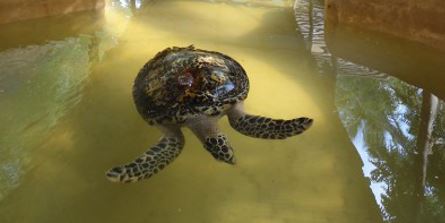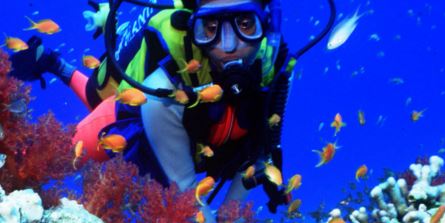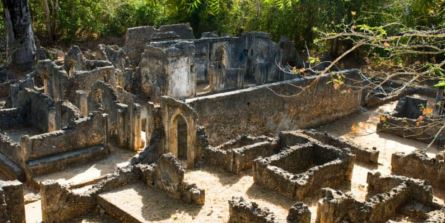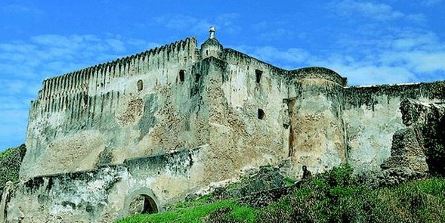A long summer during the European winter makes Kenya’s coast an attractive beach escape. Tessa Reed looks at some of the things to see and do other than lazing on the beach.
1.Visit the turtles in Watamu

The Watamu Turtle Watch and Local Ocean Trust is a not-for-profit organisation that works to protect Kenya's marine environment. Watamu Turtle Watch is a rehabilitation centre in Watamu, on Kenya’s northern coast.
Visitors are taken on a tour of the facilities and taught about the myriad threats turtles face, including pollution and development of the beaches where they nest. The turtle project was started by local residents and includes a nest monitoring programme. Sick and injured turtles are also rehabilitated at the centre and then released into the ocean. The centre is open from Tuesday to Friday from 09h30 to 12h00 and 14h00 to 16h00, and on Monday afternoons from 14h00 to 16h00 and Saturday mornings from 09h30 to 12h00.
2.Snorkelling and diving

Kenya has four marine parks: Malindi, Watamu, Mombas and Kisite Mpunguti, with dive operators based in each of these areas. The coral reefs boast a diversity of fish and marine creatures. Larger species that can be spotted on a dive include green sea turtles, dolphins, reef sharks and manta rays. There are also plenty of tiny species such as seahorses and leaf scorpion fish. There are also wrecks and caves that can also be explored. Although diving is offered year round, October to February is considered the best time.
Recommended dive spots include the Vuma Caves near Kilifi Creek outside Watamu, the purpose-sunk MV Dania off the coast of Mombasa, and the Pinnacles, which offer an advanced deep dive, north of the Mombasa Marine Reserve.
3.Explore the Gedi ruins

The Gedi ruins are about 15 kilometres south of Malindi and 10 kilometres north of Mombasa, on Kenya’s northern coast. Local guides offer tours of the ruins, which date back many centuries. The ruins were inhabited by a nomad Ethiopian tribe, the Aroma people, between the 12th and 17th centuries, after which it was abandoned. It is not known why the area was abandoned, although theories include the lack of fresh water and possible conflicts in the area.
The ruins are built from crushed coral and cement and are within a tropical forest. The archaeological site has yet to be fully excavated because of a lack of funding.
4.Discover Mombasa

Mombasa, Kenya's second largest city after Nairobi, is a historic city, with Kenyan school history books placing its founding as far back as AD 900, while it is mentioned as a trading town by Arab geographer, Al Idrisi, in 1151.
The city is also a cultural melting pot, with immigrants from Portugal, Britain, Asia and the Middle East influencing its architecture and cuisine. The historic old town boasts spice markets and ancient buildings, including the World Heritage-listed Fort Jesus, built by the Portuguese and dating from the 16th century.
























